What is the role of art in STEM education?
What can science learn from the arts, and vice versa?
What is, or could be, the role of arts in education?
How can we bring practices and processes from the arts and science to help us examine and understand the world?
How can the arts and science feed innovation and discovery in each other?
The objective is to create a framework of the A (Art) Skills, the skills that characterize artistic processes into STEM. From the general perspective of introducing the variable A into STEM processes, it is necessary to define the added value that art and artists can bring to STEM sectors in terms of learning and research (e.g., the ability to think out of the box, the ability to manage unknowns, the ability to establish an empathic relationship with heterogeneous contexts, etc.).
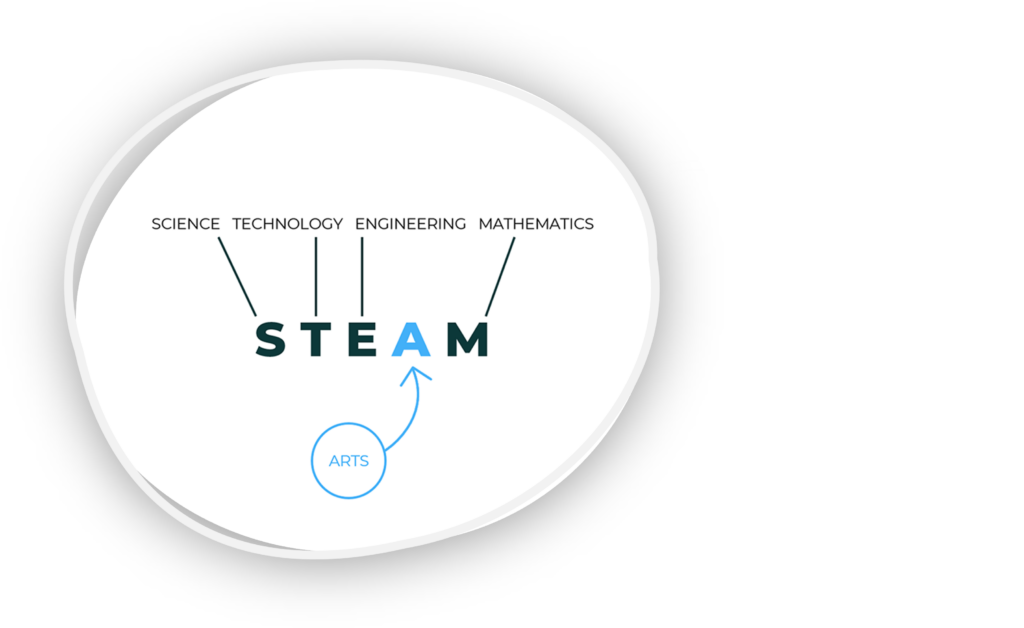

Arts and Science Both “Aim to Understand the World”
Although nature commences with reason and ends in experience, it is necessary for us to do the opposite, that is to commence with experience and from this to proceed to investigate the reason.
― Leonardo Da Vinci
In the past, art and science were considered as complementary ways of understanding and describing the world around us.
Art was considered to reflect the same universal laws as the nature around us. Understanding and mastering these principles was the biggest achievement of humankind, that enabled us to rise as a species above many others.
Art communicates directly with our senses enabling bodily experiences, through which we begin to become aware. Becoming aware enables us to analyze and find commonalities and hence draw theories from single phenomenon to underlying universal principles.
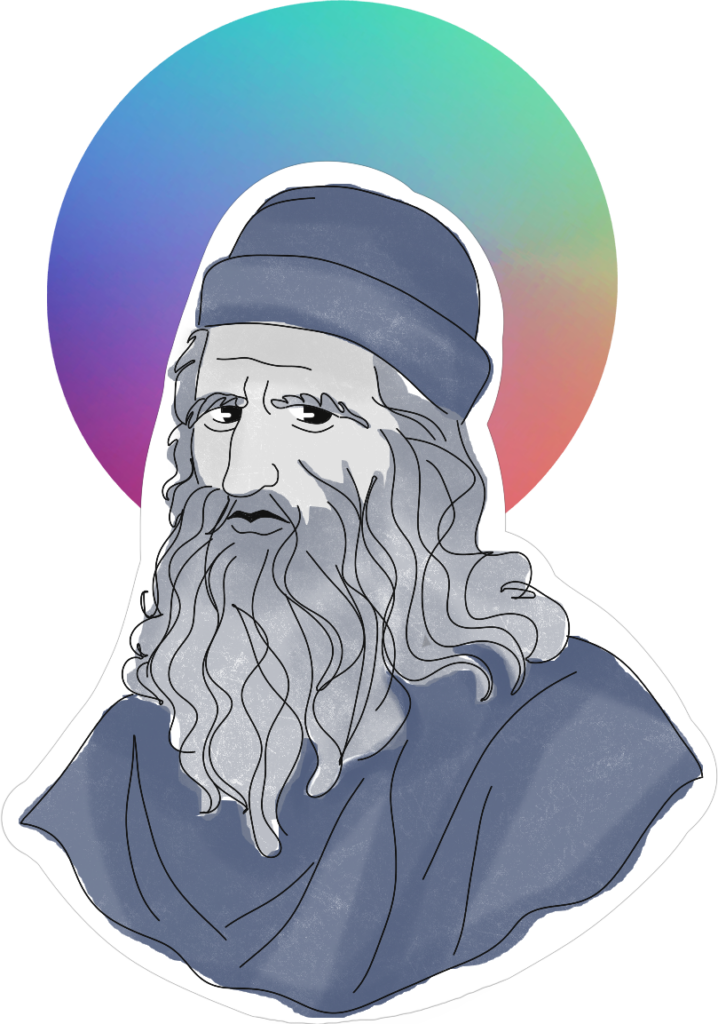
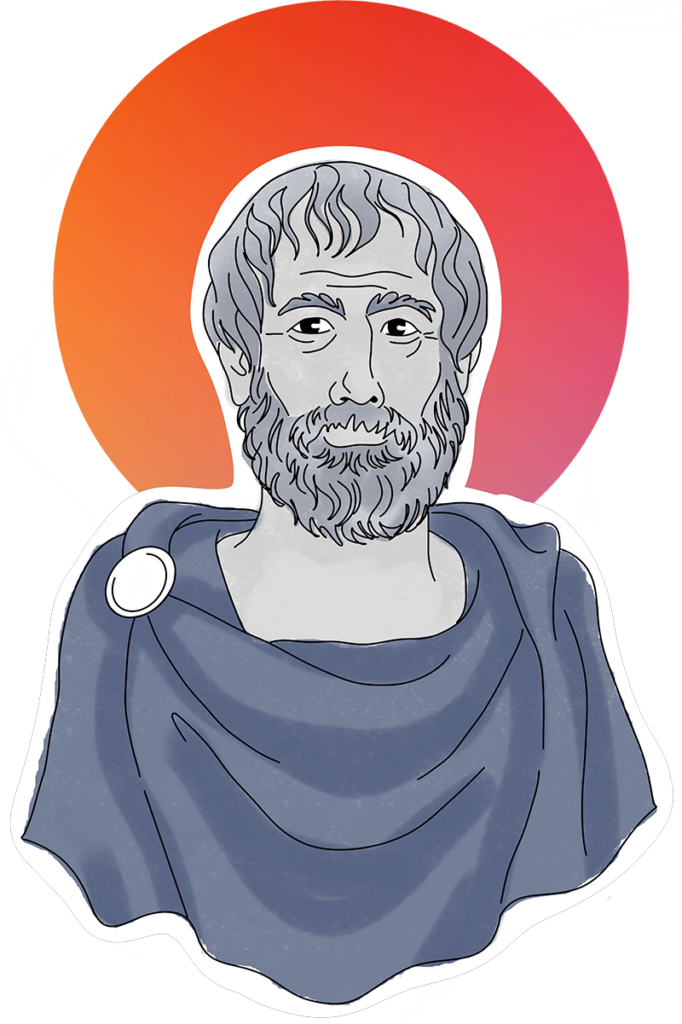
As the core of arts and creativity by nature is by definition not an exact science, also the terms and adjectives describing it are rather vague than precise, general than specific and subjective than objective. In its nature, art is something one has to experience oneself, triggered by our bodily senses and mental mind.
Creativity has been described like a slippery bar of soap: the minute you think you have it firmly grasped, it slips from your grip. Bringing our rational mind around to “grasp” seems sometimes to make the essence of creativity just slip further away. Those frameworks based on logic can help us remind ourselves and our experiences when creativity is involved. And enable us to become familiar with the nature of creativity.
The aim of art is to represent, not the outward appearances of things, but their inward significance.
― Aristotle

Art is about Making Meanings

Communicating with the unknown: Gods, spirits and ”the other side”.

Creating symbols, images to portray and communicate meanings, values and beliefs.

Acknowledging that something is important and meaningful, and worthy of being paid special attention.

Gathering information through all our senses.

Seeing the forest for the trees, what is meaningful in the whole picture?
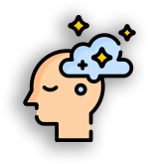
All our knowledge has its origins in our perceptions.
― Leonardo Da Vinci
Icons created by Freepik – Flaticon

Creative Soft Skills
Soft skills are very much needed personal attributes in working life. They are a combination of people skills, social skills, communication skills, character or personality traits, attitudes, career attributes, social intelligence, and emotional intelligence quotients. The topic of soft skills is often discussed in work life context.
These skills enable employees to
- navigate their environments
- work well with others
- perform well
- achieve their goals.
It is important to recognize soft skills and facilitate the connection between people and the labour market. Soft skills concern everyone at the early stage of their career. Regarding art and science, this phenomenon is also very relevant.

Experience never errs; it is only your judgments that err by promising themselves effects such as are not caused by your experiments.
― Leonardo Da Vinci
Examples of Soft Skills
- Cognitive flexibility
- Communication
- Complex Problem Solving
- Coordinating with others
- Emotional intelligence
- Ethics
- Integrity
- Judgement and decision-making
- Motivation to development
- Negotiation
- Networking
- Passion and self-motivation
- People management
- Personality
- Persuasion
- Respect
- Self-awareness
- Service orientation
- Trustworthiness

Creativity and the Brain
Study the science of art. Study the art of science. Develop your senses — Especially learn how to see. Realize that everything connects to everything else.
― Leonardo Da Vinci
One rather popular, though by no means precise way to try to describe the nature of creativity is by thinking it in terms of the nature of our two brain hemispheres. Again, this comparison far from exact, the brain seems to have a much more complicated structure, and how the brain actually works is still a mystery. But it provides an interesting perspective if not over-analysed.
The theory is that people are either left-brained or right-brained, meaning that one side of their brain is dominant. If you’re mostly analytical and methodical in your thinking, you’re said to be left-brained. If you tend to be more creative or artistic, you’re thought to be right-brained.
This theory is based on the fact that the brain’s two hemispheres function differently. This first came to light in the 1960s, thanks to the research of psychobiologist and Nobel Prize winner Roger W. Sperry.
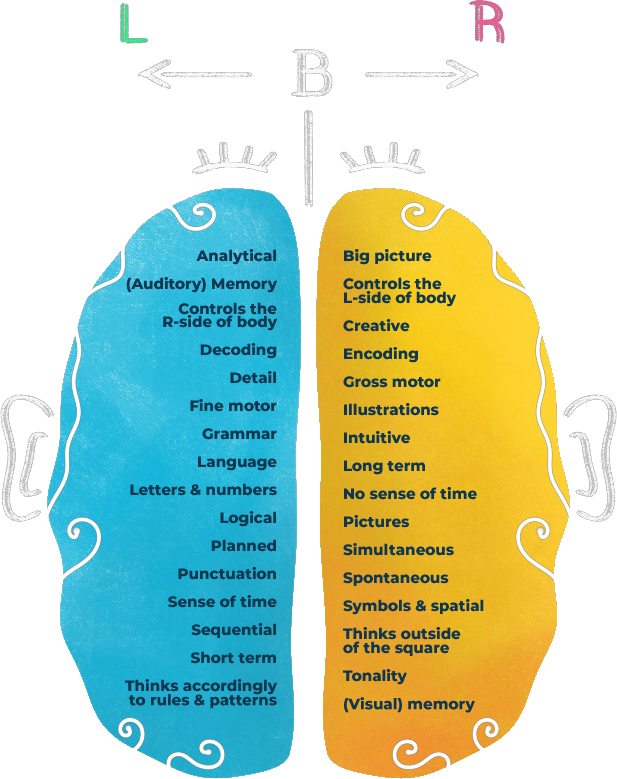
Source: Healthline. 2017. Left Brain vs. Right Brain: What’s the Difference?. [online] Available at: https://www.healthline.com/health/left-brain-vs-right-brain [Accessed 28 March 2022].

Multiple Intelligences
Another framework that can help to understand the nature of creativity is Howard Gardner’s well-known theory of multiple intelligences. He divides our different intelligences into 7-9 categories, based on how the information is received and processed by us. It provokes thoughts of how we use our different bodily senses for learning and knowing.
In Frames of Mind: The Theory of Multiple Intelligences (1983) and its follow-up publications, Howard Gardner proposed eight abilities that manifest multiple intelligences. People do not have just an intellectual capacity, but have many kinds of intelligence, including musical, interpersonal, spatial-visual, and linguistic intelligences.
While a person might be particularly strong in a specific area, he or she most likely possesses a range of abilities. For example, an individual might be strong in verbal, musical, and naturalistic intelligence.
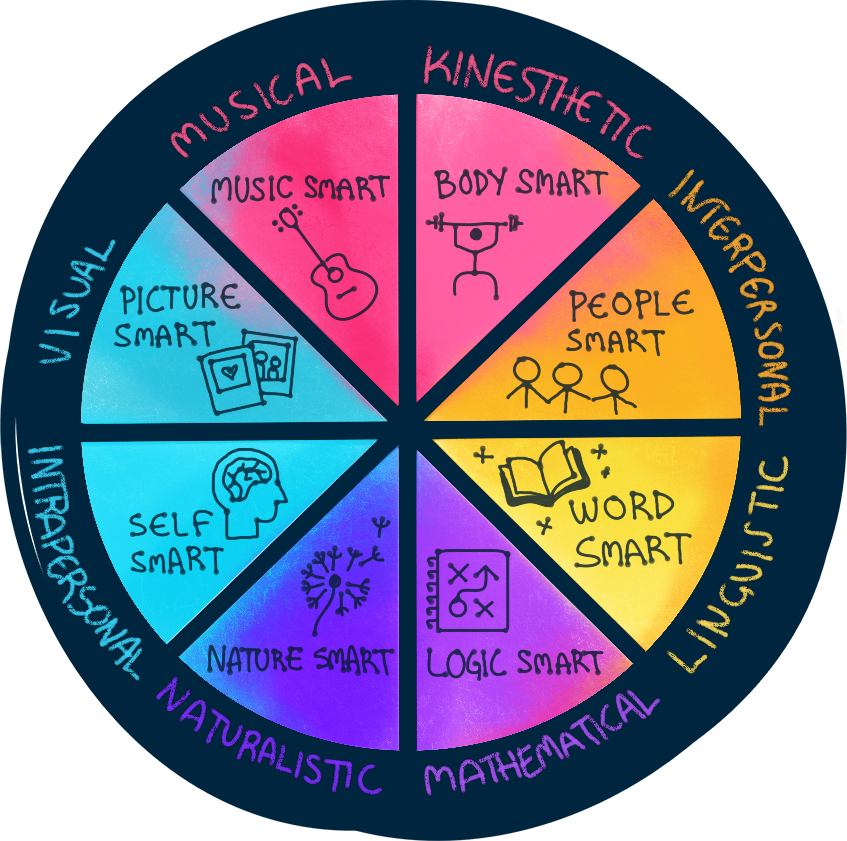
Source: Howard, G., 2022. The Components of MI — MI Oasis. [online] MI Oasis. Available at: https://www.multipleintelligencesoasis.org/the-components-of-mi [Accessed 28 March 2022].

Jungian Archetypes
Jungian archetypes is another well-known theory that can be used to understand different human characteristics based on suggested archetypes. Certainly not an exact science again, but helpful as a framework to study and understand the human mind. The theory is also widely used as a bases for different personality tests, for example the well-known DISC -personality test frequently used in human resource management.
Stereotypes that portray characteristics and personas. Icons in the picture going clockwise: Ruler, Creator, Sage, Innocent, Explorer, Rebel, Hero, Wizard, Jester, Seductress, Lover and Caregiver.
- These help us identify who we are, what characters we bear with us in our lives.
- These help us understand common patterns of behaviors in ourselves and others.
- An awareness of a specific behavior and characteristics is the key to changing them, whether they work against us and what we are trying to do.
- Applications and tools: Disc, de Bono’s 7 Thinking Hats.
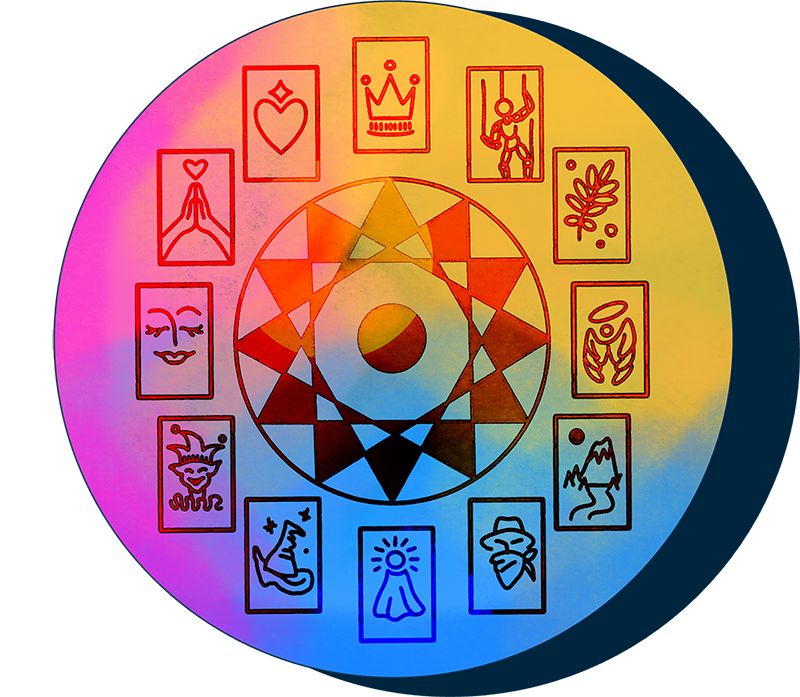
Source: Neill, C., 2018. Understanding Personality: The 12 Jungian Archetypes. [online] Moving People to Action. Available at: https://conorneill.com/2018/04/21/understanding-personality-the-12-jungian-archetypes/ [Accessed 28 March 2022].

A Typology of Knowledge Bases
Another approach to describe the nature of art-based and creative knowing can be found in “Guide to Research and Innovation Strategies for Smart Specialisation (2012).”
Source: Cooke P., Asheim B., et al. (2006), Constructing Regional Advantage: principles, perspectives, policies. Report to the European Commission.
| Analytical *Science Based | Synthetical *Engineering Based | Symbolical *Art based |
|---|---|---|
| Know WHAT | Know HOW | Know WHO |
| Developing new knowledge by applying scientific laws | Applying or combining knowledge in new ways | Experimenting with experiences and thus gaining new knowledge and awareness |
| Scientific knowledge, models, deductive | Problem solving, custom production, inductive | Creative process |
| Cooperation with research units | Interactive learning with customers/partners | Experiments in studios and teams |
| Strongly codified knowledge, universal | Strong tactic component, partially codified knowledge, context specific | Importance of interpretation, values cultural knowledge |
| Meaning is relatively the same between locations | Meaning varies substantially between locations | Meaning is very variable between locations, class and gender |
